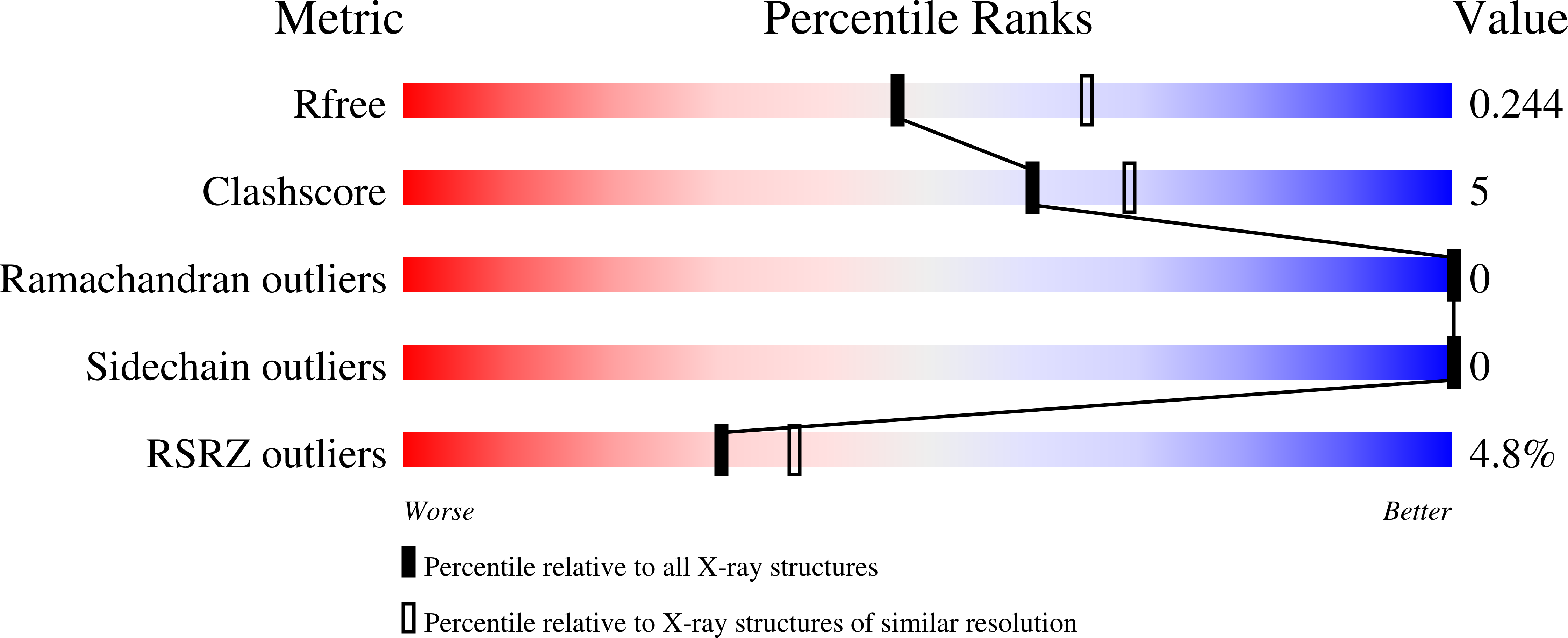
Deposition Date
2020-07-22
Release Date
2021-05-26
Last Version Date
2024-03-06
Entry Detail
PDB ID:
7JI4
Keywords:
Title:
Universal stress protein (USP) domain of KdpD histidine kinase in complex with second messenger c-di-AMP
Biological Source:
Source Organism:
Staphylococcus aureus subsp. aureus MRSA252 (Taxon ID: 282458)
Host Organism:
Method Details:
Experimental Method:
Resolution:
2.30 Å
R-Value Free:
0.24
R-Value Work:
0.20
R-Value Observed:
0.21
Space Group:
P 43 21 2


